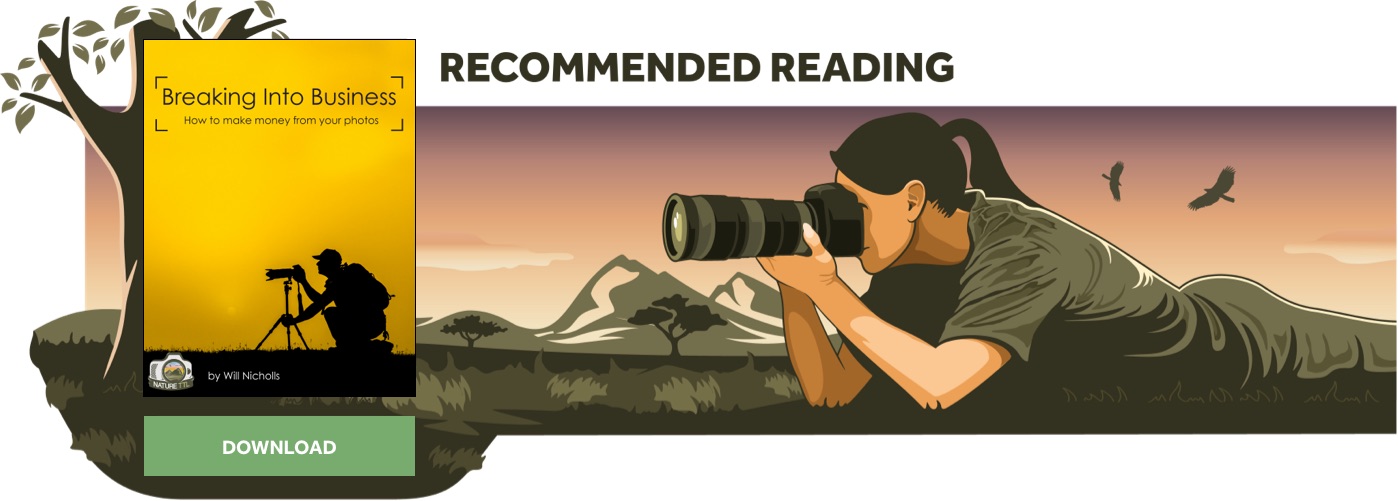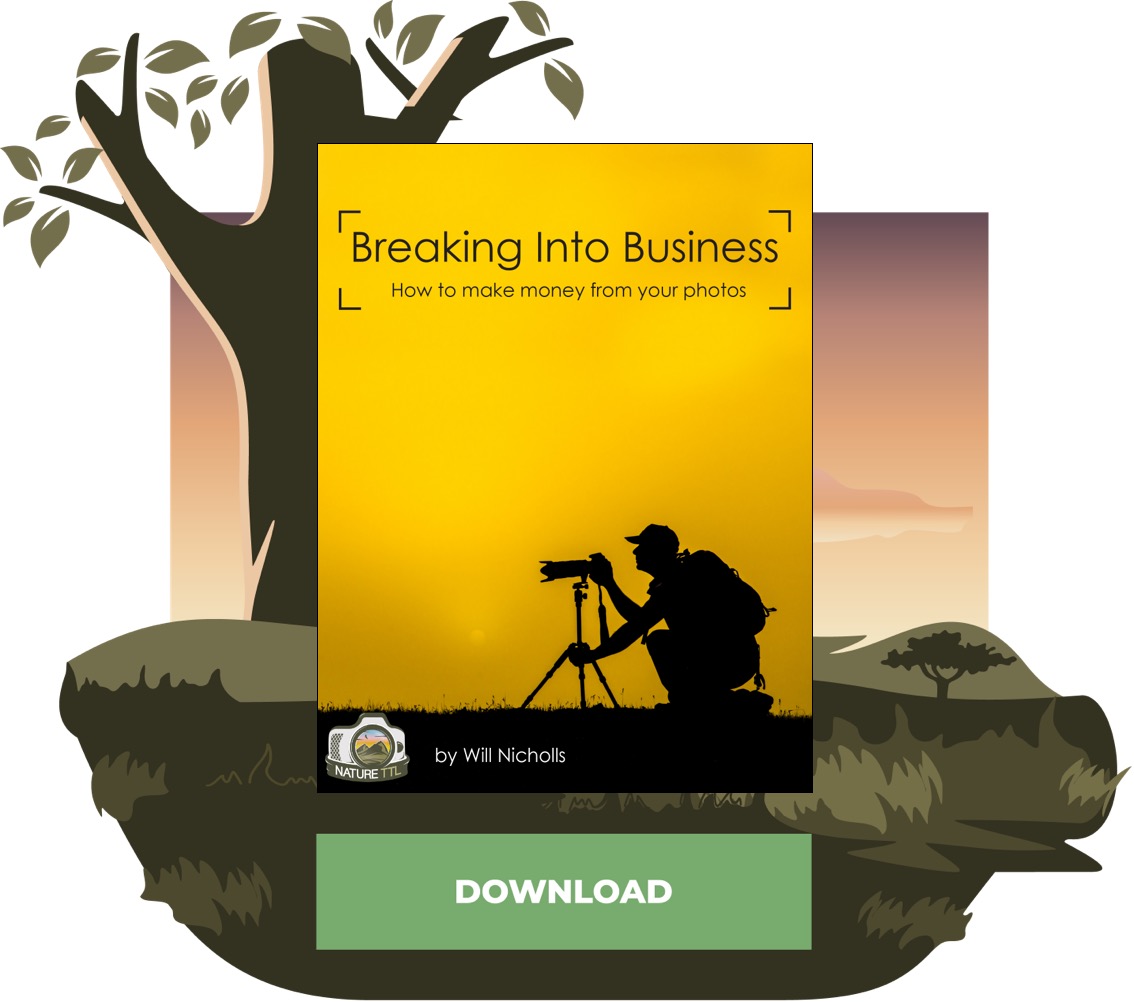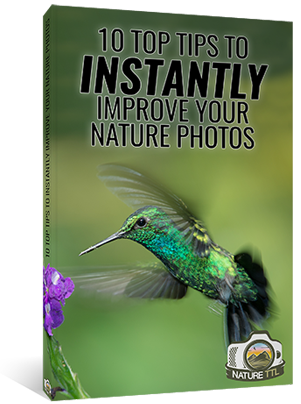Rowan Dear: From Amateur to Professional

In our interview series “From Amateur to Professional” we will be asking established nature photographers to share their photos and see how their practices have developed, changed, and improved over time.
To see more from this series, subscribe to our free newsletter.
From childhood on a Welsh farm, Rowan Dear developed a deep appreciation for nature, later facing his fear of water in 2017 by embarking on dive courses in Sydney.


In 2020, Rowan embraced underwater photography, which led to several competition wins and an exciting career as an underwater photographer.
When and why did you first catch the nature photography bug?
Growing up on a farm in Wales, I always had a love for nature and the outdoors, and my days would often be spent running around the fields and finding all the amazing creatures we have in the UK, like badgers, foxes, hedgehogs, and all the beautiful birdlife we have to offer.
Like most kids, I grew up on BBC nature documentaries with David Attenborough, and always dreamt of one day seeing some of the fascinating animals they showed, and in particular the underwater world.
When I was a kid, I would go around with a disposable camera and take pictures of my dogs and cats and then try and get closer to the wild animals we had, but with very little success.
At the time, being a wildlife photographer felt like something so unattainable for me, and was really for people with money and privilege.
Show us one of the first images you ever took. What did you think of it at the time compared to now?
My first proper underwater image with a camera other than a GoPro was of this giant cuttlefish at a dive site outside of Sydney. I had long wanted to see a giant cuttlefish, and was desperate to capture an image with my new, expensive dive camera.

Unfortunately, it didn’t quite work out how I had pictured it, and I was left with a quite flat, uninteresting, and not very colourful image.
At the time I was pretty happy, and posted it on my social media like it was worth seeing and people would be wowed by it. I think those not in the know were, but when I looked at professional or even semi pro images, it definitely was not comparable.
Show us one of your favourite photos – it may be your favourite image in general, or of your favourite animal, plant or location! Explain what it means to you.
As I said, giant cuttlefish have long been on my list to photograph and are one of my favourite animals underwater for many reasons; they are incredibly interactive, colourful, intelligent, and stunning creatures.
You can experience so many different behaviours with them, and the challenge is to be able to capture that and then showcase it to the world so people who don’t dive can feel like they were there with you and can get the same emotion you did.

This image is of two male giant cuttlefish fighting for dominance to mate with a female. The image has so much colour, shows off the cuttlefish’s character, behaviour, and has so many layers to it when you look closer.
Another favourite image would be the leafy seadragon portrait below. I love the symmetry of the image, as well as knowing how hard it was to achieve a shot which I had wanted to get for a long time.

Shooting at night, with a red focus light so as not to disturb the seadragon too much, I waited patiently for it to turn and face the camera, with its head tilted at the right angle, to get a full front-on headshot.
Are there any species, places, or subjects that you have re-visited over time? Why have you done this? Explain what’s changed in your approach and technique.
I think when photographing an animal, you need to get to understand the species, their habitat, behaviours, and so on to capture them properly, which will then help the viewer see the full beauty of the animal.
I love returning to Whyalla in South Australia, as each year, over 10,000 giant cuttlefish gather here to mate. The site itself is about 5m deep, and you can walk in from the shore, enabling you to dive multiple times per day and spend several hours underwater.
You get to capture different light coming through the water column and are surrounded by so many different characters and colours, totally immersing yourself into the world of the giant cuttlefish.
I use different lenses here, from wide to fisheye to macro, to get a full spectrum of shots.

Some other spots that I like to return to include Byron Bay, where large aggregations of leopard sharks occur each summer.
This is a great place to mix up your shots (depending on conditions); you can take close-up shallow shots with sunrays coming through the water, to top-down shots where you can capture numerous leopard sharks at varying depths.
Heron Island on The Great Barrier Reef is another amazing spot and is great for freediving, especially during the turtle hatching season from around February to April.
You will be able to witness the newly hatched turtles entering the water, as well as the year-round resident lemon sharks, countless ray species and, of course, the adult turtles.
If you pick the tide times right, you can spend several hours in the water before and after peak high tide and have so many animals to photograph.
When did you decide you wanted to become a professional photographer? How did you transition into this and how long did it take?
I don’t ever really remember deciding I wanted to go professional.
It was more about being out there, trying to find these magical underwater experiences, getting better at capturing them and improving my photography – firstly for myself, then for people I knew, and then for the wider community of animal and ocean lovers!

The rest was more organic and just happened as a result of my love and passion for the ocean and photography, and my ability to combine the two.
Was there a major turning point in your photography career – a eureka moment of sorts?
I think it helped a lot when I started winning some major competitions, as that gave me confidence in my work and reinforced the idea that my images were up to the standard of my peers, who I looked up to in the underwater photography space.
It’s easy to get carried away when people are telling you that you should sell images or take photography up full time, especially in the era of social media, where likes and follows can give you a warped perspective of where you are and how good you are.

Wildlife photography is also about making those opportunities happen and planning ahead to make sure you are best prepared to take the images that you want.
So plenty of research goes into making sure the time of year, the locations, the weather and so on are all correctly lined up to give you the best possible chance of getting the shots you want.
Has anything changed in regard to your photography process? (For example, your workflow, or how you process and edit your images)?
I spend far less time editing photos than I used to, which is hopefully down to taking better photos in-camera due to improved skills and knowledge. I now believe that if a photo takes too long to edit, you just need to go back out and take a better one.
Sometimes, you really want an image to work, but you may have overexposed it or kicked up too much backscatter – the more you try to edit out these mistakes, the more obvious it becomes.
My style works with plenty of light, creating images that look as natural as they can. I don’t like to change too much, so most of my editing takes me a couple of minutes per image these days.
What was the biggest challenge you faced starting out, and what’s your biggest challenge now?
With wildlife photography, the biggest challenge is being in the right place at the right time to get the images you want. As I mentioned earlier, a lot goes into planning trips, although that doesn’t always guarantee success; you never know what might happen when working with nature.

I have been on trips to photograph minke whales where we had bad weather and zero sightings. Sometimes, it doesn’t matter how well you have planned, as nature has other ideas.
For underwater photography, especially wide-angle underwater photography, you pray for those days with great visibility and perfect lighting, where everything comes together for you perfectly.
The reality is that this rarely happens, and you have to make do with the hand you are dealt.
Obviously, with more experience, you can still make the most of the opportunity and still come away with some amazing shots despite the less-than-ideal conditions and feel satisfied you made the most of what you had.
For example, I was recently in Argentina photographing southern right whales (under a government permit), and the visibility was far from ideal, with lots of wind whipping around.
Though conditions weren’t great, the experience was still magical, and I know the images I took were the best that were able to be taken under the circumstances.
What’s the one piece of advice that you would give yourself if you could go back in time?
I think sometimes I lacked confidence in my ability, which I believe has helped me to keep growing and learning as a photographer, but also maybe held me back from taking on work that, in hindsight, I was more than capable of doing.

I’m definitely more of a perfectionist, so putting out work that I am not 1000% happy with is really hard for me to do.
My main advice would be to work out where you want to get to, follow the people who inspire you and follow your instincts, create your own style, hone your craft, and always try to improve.
Never be content with where you are at; be self-critical, but also appreciate the value of the work you have done and trust in your process and your ability.





